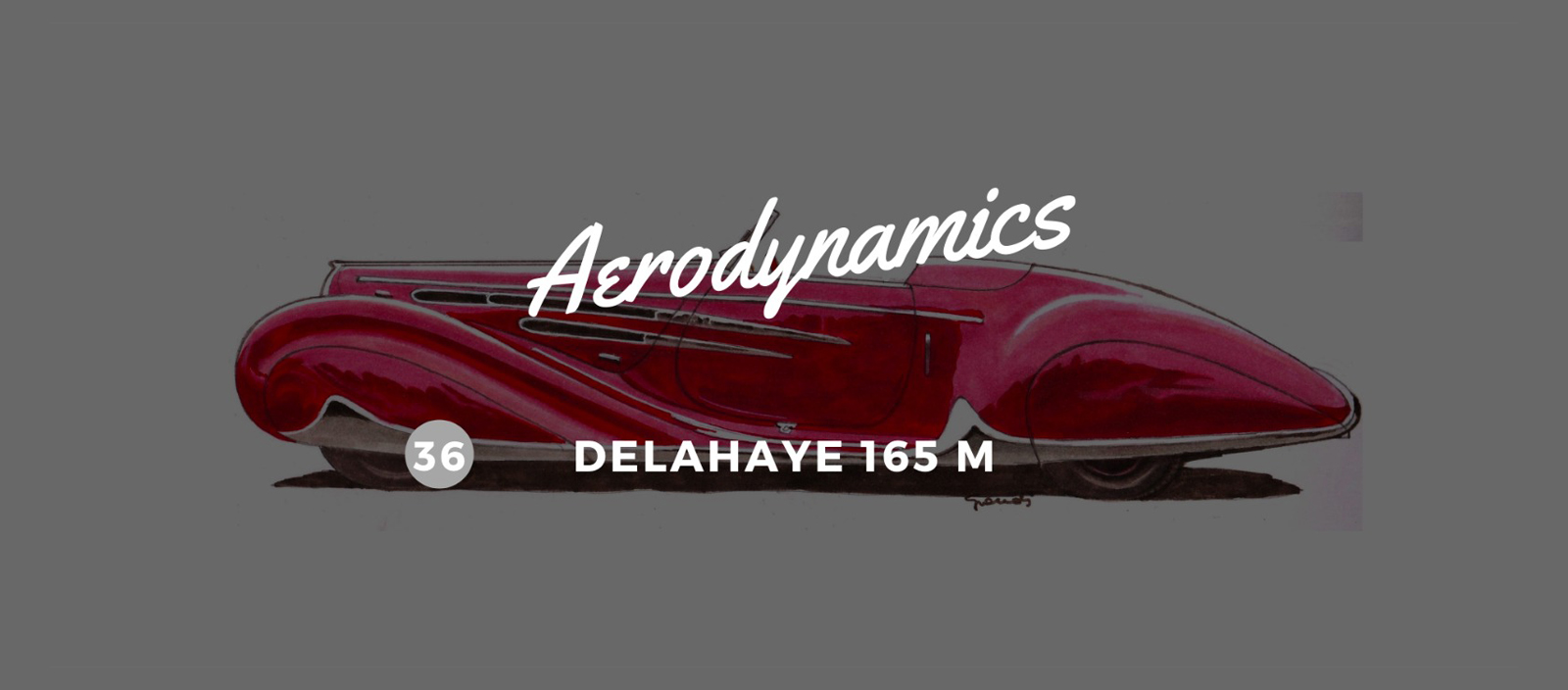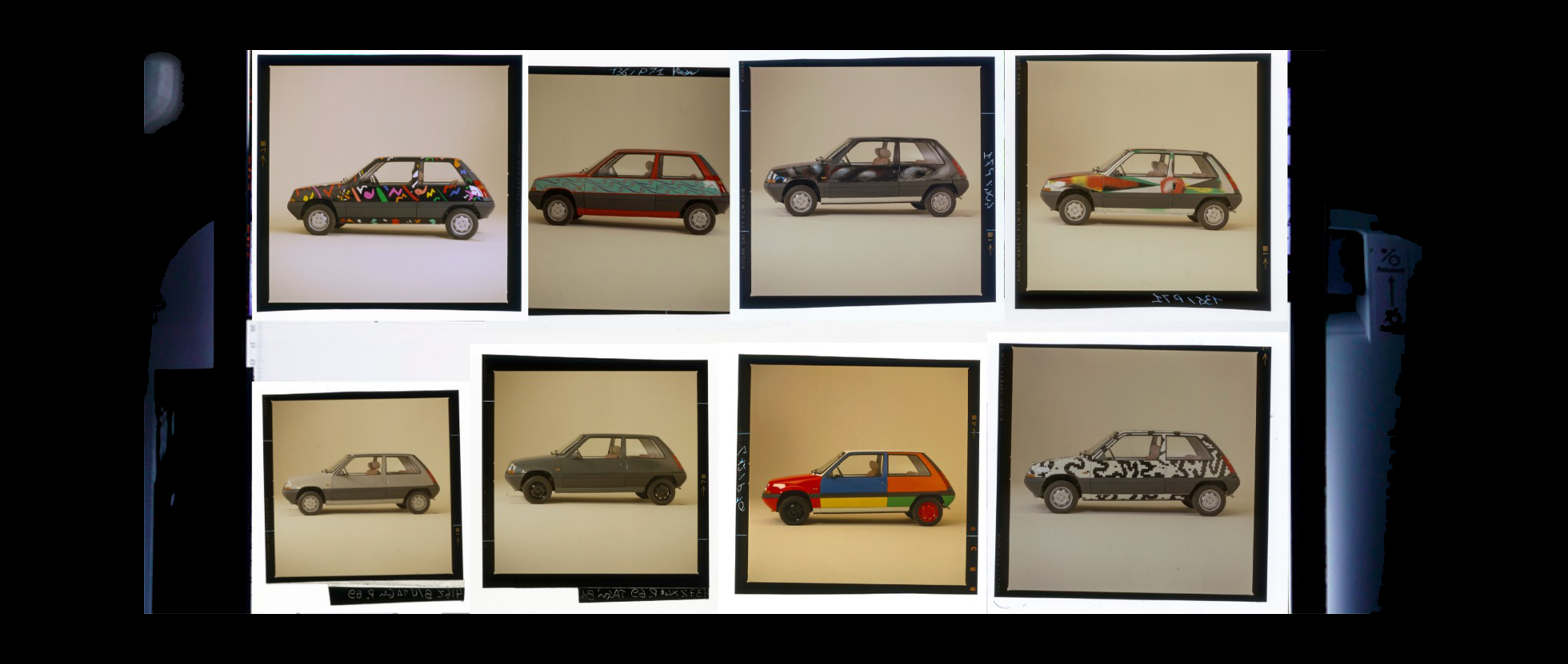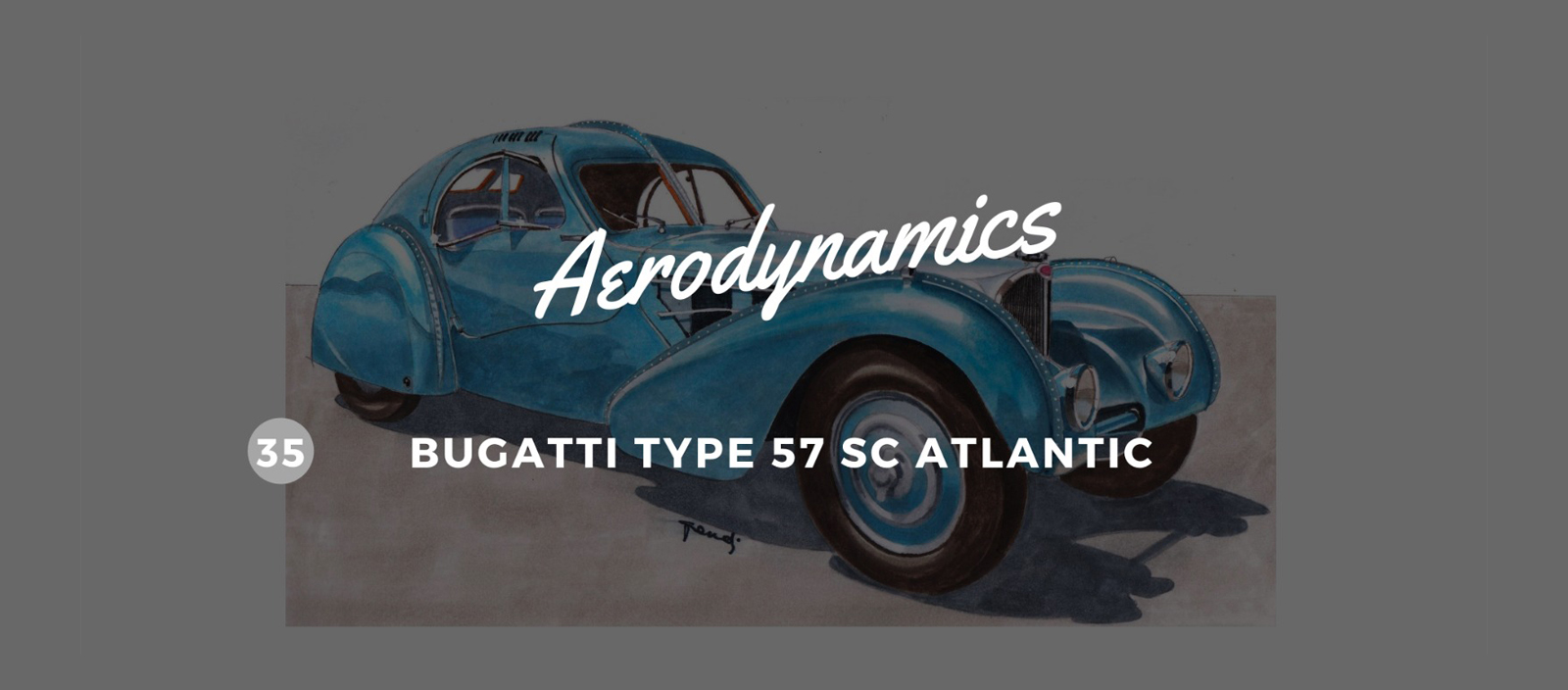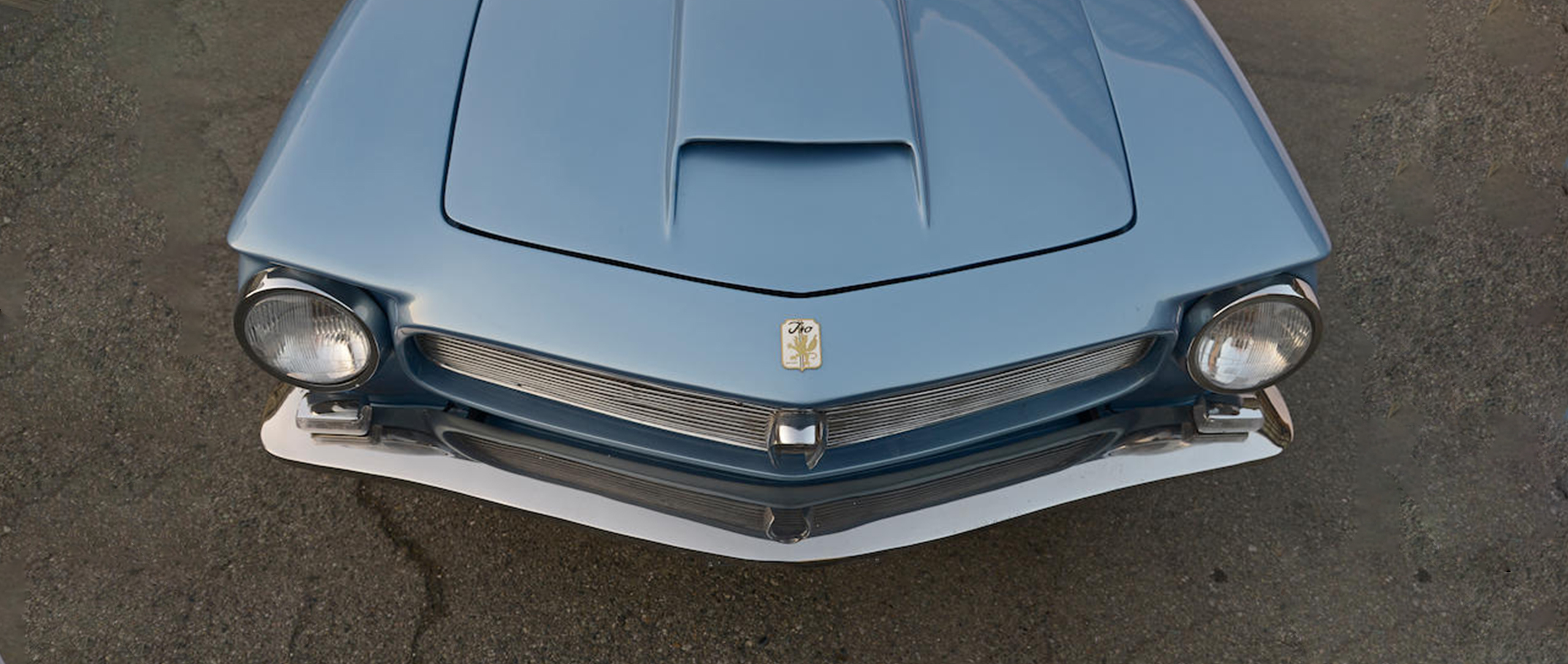So much more. Maybe too much
12 October 2020 2 min read 4 images

Our occasional forays into the history of aerodynamics have taught us that scientifically-studied aerodynamic cars weren’t always well received by the public and manufacturers: they were too different, too weird, with functional rather than aesthetic quirks. Pre-war Paris, however, was wholeheartedly seduced by new aerodynamic forms. Simple shapes that went on to be called French curves and did nothing to improve consumption or performance.
Register to unlock this article
Signing up is free and gives you access to hundreds of articles and additional benefits. See what’s included in your free membership. See what's included in your free membership.
Already have an account? Log In


